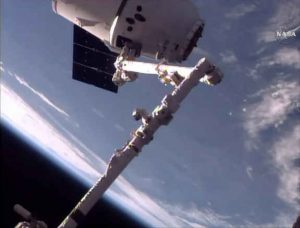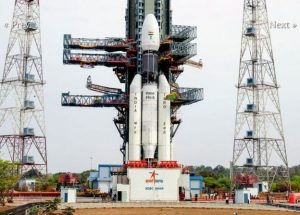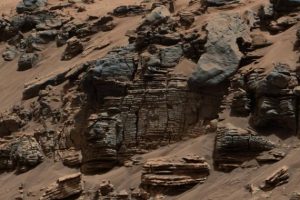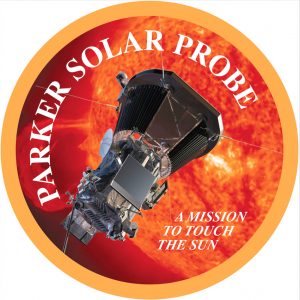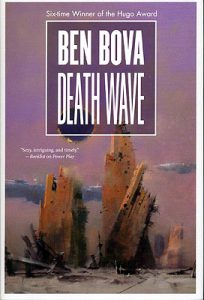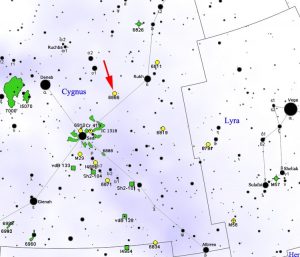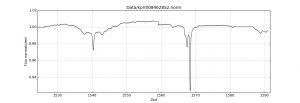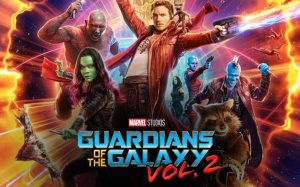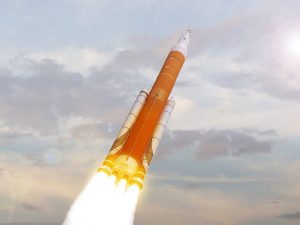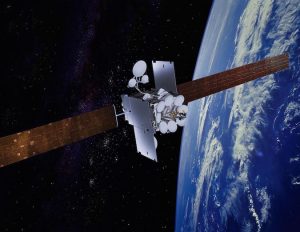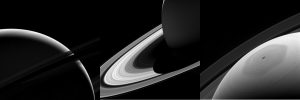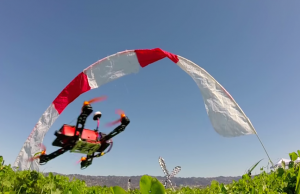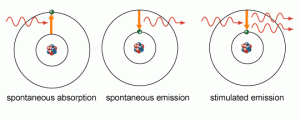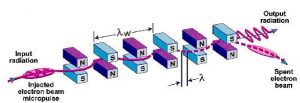The Laser Interferometer Gravity wave Observatory (LIGO) has recently announced its third detection of gravity waves, further conformation of Einstein’s General Theory of Relativity. Actually, since the gravity waves that were detected came from a merger of two black holes this announcement confirms two of Einstein’s predictions, gravity waves and black holes.
The LIGO antennas, I think of them as antennas for gravity waves, are the world’s most sensitive instruments of any kind and they have to be since gravity waves are so weak. Even the initial design of the LIGO detector wasn’t able to detect gravity waves. It was only after a program to enhance the sensitivity that LIGO succeeded in the first ever detection of gravity waves in September of 2015. (The success was announced in May of 2016)
In fact the LIGO detectors are so sensitive that a car driving down the road a kilometer away can produce a false reaction. That’s why we have to have two LIGO detectors, located far apart. One of the instruments is in Hanford Washington and the other in Livingston Louisiana. Only if both instruments detect a signal at the same time is it a real gravity wave.
How the LIGO detectors do their job can be understood by examining the picture below. (Credit for the picture goes to : By Abbott, B. P. et al. – Observation of Gravitational Waves from a Binary Black Hole Merger B. P. Abbott et al. (LIGO Scientific Collaboration and Virgo Collaboration)Phys. Rev. Lett. 116, 061102 doi:10.1103/PhysRevLett.116.061102, CC BY 3.0, https://commons.wikimedia.org/w/index.php?curid=46922746)
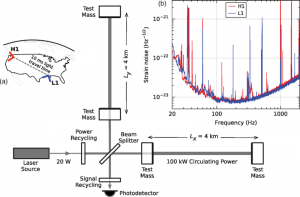
The light produced by a 20 watt Nd:YAG laser is split into two beams, one of which bounces back and forth to the east-west direction over a 4 kilometer path while the other bounces to the north-south along an equal path. Now let’s assume a gravity wave comes along going from east to west. What the gravity wave does is to compress and expand space itself in a repeating pattern. This makes the actual length of the east-west arm vary with the wave while the north-south arm is unaffected. By bringing the beams back together and letting them interfere with each other the gravity wave can be detected.
The two black holes that merged are estimated to have had masses of 32 and 19 times the mass of the sun but when they came together 2 entire solar masses were converted into gravitational energy leaving a single black hole with a mass of 49 solar masses. A picture of what the merger may have looked like is below.

This latest detection is also significant because the two LIGO detectors, have been able to compare their data to estimate the location of the black hole merger in our sky. While they’ve only narrowed the location down to 3% of the sky it’s still a remarkable advancement.
And things are going to improve even more very soon. A new gravity wave detector is almost completed in Italy and a fourth is under construction in India. With four instruments spread around the world our ability to narrow in on where the gravity waves are coming from will continue to improve.
If you’d like to read more about LIGO and it’s latest discovery I recommend you visit the LIGO website by clicking the link below.


